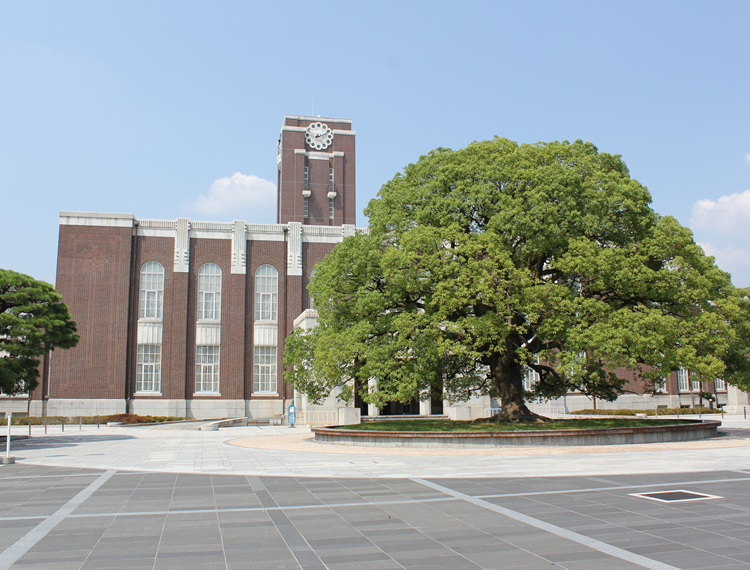A3-I29-016
Invited talk given by Alexey V Pan from Institute for Superconducting and Electronic Materials, University of Wollongong.
The first part of the talk was about magnetic measurements performed with a VSM system where it could be observed that the Jc performance of a superconducting sample was strongly dependent on the measurement frequency.
The second part talk was about the design of different microstructures (with many different shape, distribution and sizes) patterned on superconducting films. Samples were mainly characterized by means of magnetic measurements and magneto-optical imaging. Nice correlation of superconducting properties could be obtained depending on the patterning performed. Ratchet effects were studied in samples with asymmetric patterns. Both theoretical calculations and measurements show differences in the critical current density when inverting the direction of the current.
A3-I29-017
Invited talk given by Petriina Paturi from Wihuri Physical Laboratory, University of Turku.
The talk was about theoretical calculation of flux pinning effects in YBCO thin films with artificial pinning sites (nano-rods, nano-particles).
The first part of the talk was about simulations of angular Jc measurements performed on samples with different artificial pinning centre landscape. The samples were grown alternating layers of different thicknesses with rods and plane YBCO in order to change the length of nanorods. Experimental angular Jc measurements show that long nano-rods produce strong c-axis peak while short nano-rods could not. The simulations performed could nicely explain the experimental data.
The second part of the talk was about the analysis of alpha values and pinning force curves in YBCO samples with different nano-structures, correlating the experimental results with simulations.
A3-O29-018
Oral talk given by Gianluca de Marzi from ENEA C. R. Frascati, Technical Unit for Nuclear Fusion-FSN (Rome), Italy
The talk was about ac measurements on YBCO thin films with BNTO and BNTO+YO nanoparticles. The activation energy of different samples was evaluated from ac susceptibility measurements performed at different frequency and different conditions of ac and dc magnetic field. From those measurements the activation energy as a function of the magnetic field and critical current density could be obtained and correlated with the critical current density performance of different samples.
* The session finished 15 minutes late since we had some technical problems with the projection of the last talk and we had to change the computer.
